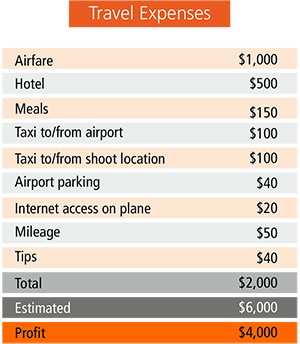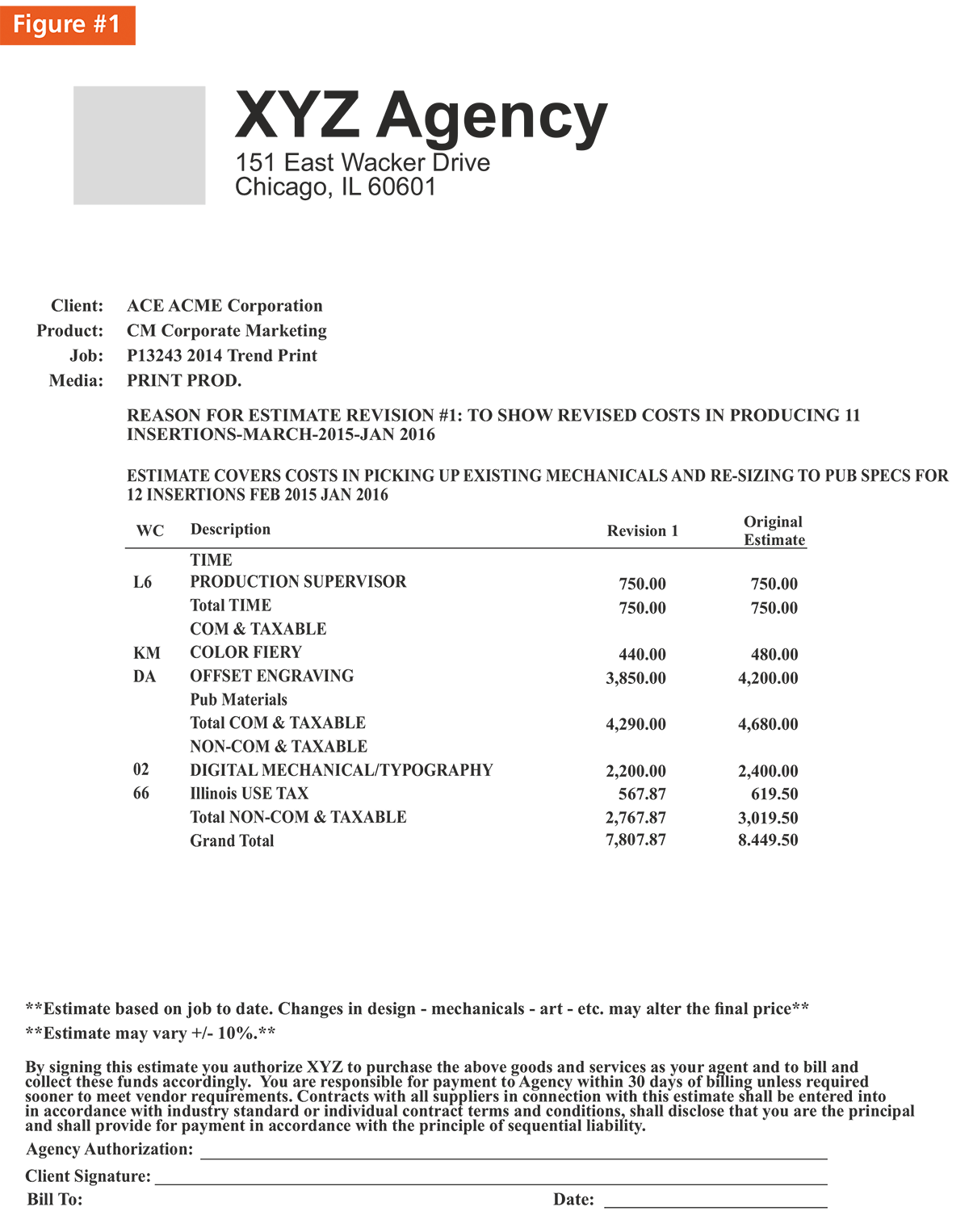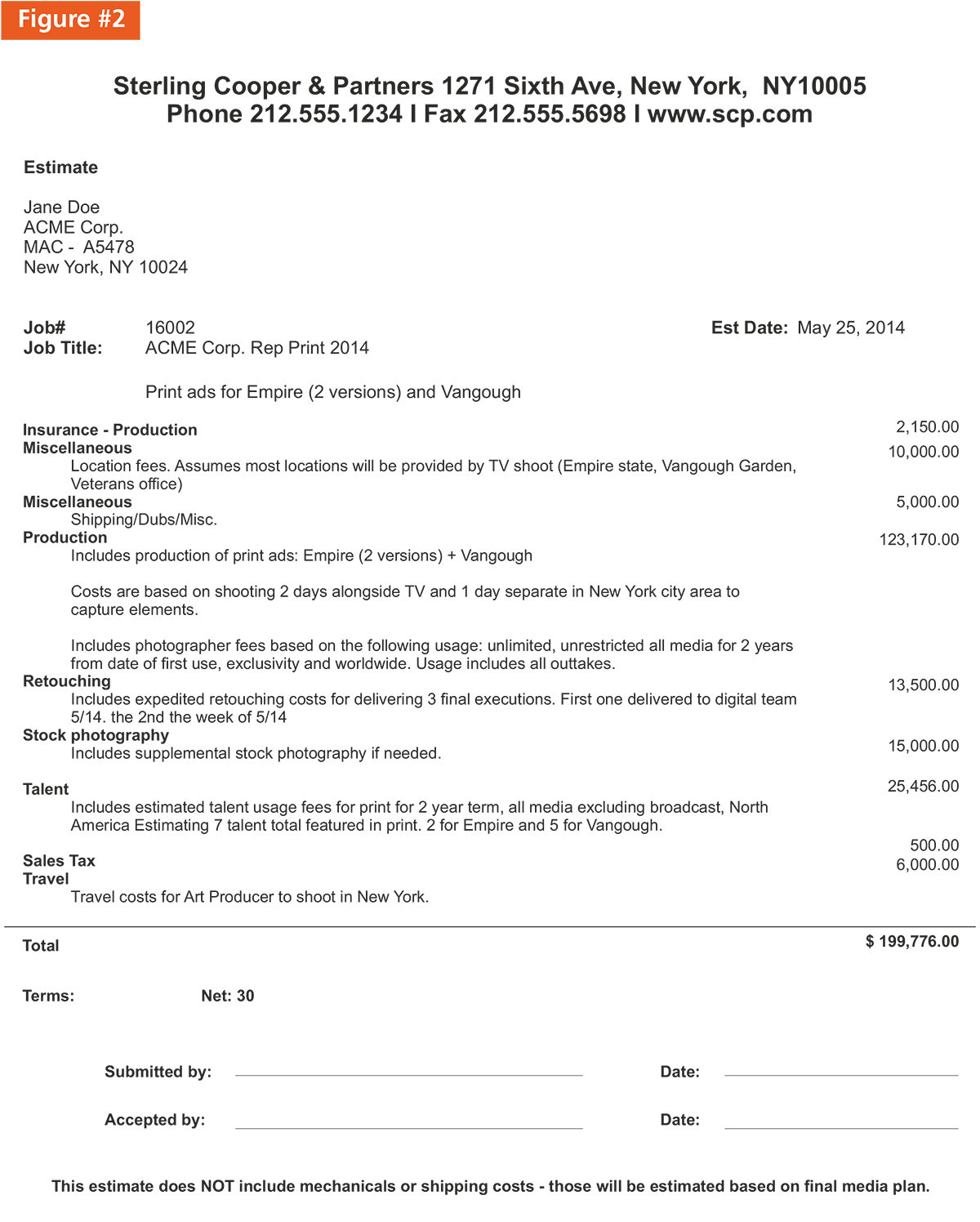Introduction
Consider the following: You've just completed negotiation of your Agency of Record fees — ensuring overhead and profit margin adhere to industry standards. You move on to the next high-profile project, assuming that you've optimized your agency compensation to deliver the most value for your marketing dollars. Yet frequently, this is simply not the case.
The reality is that procurement departments and marketing stakeholders alike commonly work with agency partners under a false sense of security that agency compensation is efficiently managed. But cost oversight of the week-to-week, month-to-month and quarterly activities can lead to a substantial increase in agency costs.
In this practical white paper, GEP highlights several areas of agency spend that, if managed correctly, can hold the key to uncovering hidden costs and help you drive maximum value from your marketing agency. We also recommend an approach to help you effectively engage your marketing stakeholders and agencies to ensure success.
A detailed analysis of the agency compensation structure will go a long way in making your marketing dollars work harder. The process of uncovering those dollars and the manner in which the request is made are vital to maintaining sustainable and fair cost-optimizing measures (as well as keeping the relationship with your agency running smoothly).
The fundamental objective in utilizing this approach is to ensure that you have the right level of detail in the retainer agreement as well as transparency in your production estimates. Once this is done, you can update contracts to reflect these transparency changes.
1. Quarterly Staffing Plan Reconciliation
Standard agency staffing plans include title, name and hours assigned to the account. Important details that can provide you with greater control over your staffing plan are often left out of the mix. In addition to the standard line items mentioned above, you should also include a description of job responsibilities, the country in which the work will be completed, and years of role-specific experience. With this information, you can ensure that the staff assigned to your account warrants the negotiated rate.
This information is extremely important when negotiating staffing plans. For example, one agency's VP of Client Services with 10 years of experience could be another agency's Director of Client Services, with the same 10 years of experience. It goes without saying that the VP role will command a higher rate. Applying this same logic to country and job responsibility information gives greater insight and control over your staffing plan.
The quarterly or bi-annual reconciliation process will allow you to compare the actual resources against the original contract. Often, agencies front-load the staffing plan with strategic resources which are billed at higher hourly rates, but for many different reasons may end up assigning more junior-level staff to support your account, resulting in you paying for something you did not receive. This approach will allow you to renegotiate the staffing plan and cut costs, if necessary.
2. Production Costs: Are They Being Correctly Estimated And Billed?
In most cases, agencies “bill to estimate”, unless the contract requires reconciliation of production costs. This means that whatever costs are approved in the estimate are the costs that will be billed at the end of the project, so it is important that estimates are developed correctly, consistently, and with transparency and detail. For every creative asset that is being produced, be it print or digital (excluding broadcast), you should check the following:
Does Your Marketing Manager Really Understand What All the Line Items Mean?
Unless corporate marketing executives — who are managing the creative development process — have experience working at a traditional or digital agency, it is rare that they would be familiar with the intricate details of different staffing roles and production line items included in each estimate.
For example, for digital creative development, does your marketing manager know the difference between a front-end engineer, a content engineer, an interactive designer and an interactive developer? What are the responsibilities of these functions, and how long does it normally take to produce an asset? On the print production side, does your marketing manager know what Fiery is? How about offset engraving — and why is that process so expensive? What about the retouching process? Are these in-house services, or are they subcontracted and marked up?
Not only do marketing managers typically not understand what these roles are or what responsibilities are associated with these job functions, they often won't ask for clarification. This is usually for fear of looking uninformed or straining the agency relationship. As long as the estimate is within their budget, they approve it.
Is There Consistency In Pricing?
For items that are produced regularly and have the same dimensions — such as digital banners, in-store signage, packaging, direct mail campaigns, print ads, and billboards — do the estimates provide consistent line items and consistent price ranges for like items? For example, estimates for production development of print ads should include very similar line items with a consistent range of pricing. Take the XYZ Agency estimate (figure 1, page 8): Every time you receive an estimate for resizing mechanicals, it should include the same line items. If the estimate includes retouching and/or an art producer, you should ask the agency what is different about this resizing job that warrants the additional job roles and costs.
Does the Estimate Include an Appropriate Number of Hours to Complete a Task?
The process of determining most variable line item amounts is to estimate the number of hours to complete the task and multiply it by the hourly rate for that specific job role. Unless you have negotiated an established time range for each task, the estimator could potentially charge you much more than you should pay for a specific task. You wouldn't know it unless you have firsthand experience in managing development of the deliverable.
Take the XYZ Agency estimate for picking up an existing mechanical and resizing it for 12 different publications.
The production supervisor is listed at a cost of $750.
(12 mechanicals) x (1/2 hour each) = 6 hours.
$125/hour x 6 hours = $750
In this instance, the per-mechanical resizing time is appropriate at ½ hour per mechanical. However, there's no way you would know if this correct unless you've worked with a production designer and watched the process of resizing a mechanical.
Are All Line Items Really Necessary to Produce the Deliverable?
Just as you should ensure each task is assigned an appropriate number of hours, you should also determine whether every line item on each estimate is really necessary to produce the deliverable. Again, on the XYZ Agency estimate, you should gain clarity about which processes and line items are involved in offset engraving and digital mechanical/typography. Why are they required in the resizing process of mechanical development? And, if most publication submissions are made digitally through websites (see Shipping on page 6 for more information on this category), then why is offset engraving necessary? This is another key area for identifying hidden costs.
3. Ensure Travel, Shipping and Tax Are Not Used as a Profit Center
Travel
If you haven't already included your corporate travel policy in each of your suppliers' contracts, and if your travel policy does not state that all travel should be pass-through and billed at cost, then you are vulnerable to agencies charging an estimated flat rate for travel and using this as a profit center. For example, reference the Sterling Cooper & Partners estimate (figure 2, page 9) that indicates:
Travel costs for Art Producer to shoot 1 day in New York . . . . . . . . . . . . . $6,000
Assuming the art producer is based domestically, one has to question how one day could amount to $6,000 in travel expenses. Even with a generous budget, it's difficult to come up with $6,000 for one day.
In this example, it appears that the agency could have made a 200 percent profit on just one day of travel expenses. For a global CPG company that has 25 brands, and develops just one print ad per brand per year, with just one day of travel, the potential hidden cost could easily be $100,000. Expand that to broadcast commercial development with travel budgets at $50,000 or more, and you can begin to realize huge savings.

Shipping
Before the transition to digital technology and the advent of the internet, all assets had to be manually output and shipped for client review and submission to the publication. Now that the industry standard is digital, one must question whether shipping costs are really still required for creative assets that are printed. (For digital assets, of course, no shipping costs should be charged.)
Reference again the print ad estimate from Sterling Cooper & Partners (figure 2, page 9) that notes:
This estimate does NOT include mechanicals or shipping costs — those will be estimated based on final media plan.
The agency is saying that it can't estimate shipping costs until the media plan is finalized — in other words, they want to see exactly which publications will be receiving ads. But if publications accept final art as PDFs, why would there be shipping costs for each media placement?
Shipping is an example of a legacy agency cost that stubbornly persists despite being redundant today.
Tax
A reasonable assumption is that an agency will only tax the taxable items. However, tax can also be charged on items when no tax is due. The only way to determine whether or not you are being fairly taxed is to simply ask for identification of taxable items and an explanation of why they are taxable. Be diligent about verifying that all items are included in the correct taxable or non-taxable categories.
These examples represent just a small piece of the potential universe of hidden costs in staffing plans and production estimates, and this is where the opportunity lies. Knowledge is power — understanding what these line items are can help you have the conversation about whether these costs are really necessary and whether they should take as long as estimated.
Long-Term Opportunity
Now that you've identified several areas of hidden costs, what should be your next steps?
Going through the process of evaluating line items on estimates and reconciling staffing plans is a short-term solution. To capture the long-term opportunity and sustainably manage these costs, you must determine an agreed-upon estimating and reconciliation process with established timeframes, and then amend your contract with the agency to establish expectations that these processes will be consistently followed.
How to Raise the Subject
To realize the greatest savings, always work with your primary marketing stakeholders first to align with the goals and objectives of the exercise and to demonstrate the tangible benefits of completing the analysis. They will be your key allies as you begin to dig into the estimating and reconciliation processes of your agencies.
When approaching the agency, as with any relationship, honest communication about your intentions and the manner in which you would like to achieve your goals is the best way to develop and maintain a healthy partnership. To the agency, this process can feel like you are challenging the value they bring to your company, so it is important to reinforce your appreciation of their work while conveying that the goal of the exercise is to ensure consistency, transparency, and value-based pricing.
Begin by acknowledging how valuable a partner the agency is to your company. Next, move into explaining the long-term goals for managing costs. Let them know that you expect to pay for the fair value of what you are receiving, not what has historically been charged based on legacy industry billing practices.
To Sum It Up
Engaging in the process of identifying hidden costs and completing it in a thorough and comprehensive manner allows both the agency and your marketing team to spend time focusing on what really matters — the creative development process. And while they focus on marketing, you get to free yourself from wondering if you are being charged a fair price by your agency and move on to the next complex category: Branded Merchandise.
[Stay tuned for our next whitepaper: Methods for Optimizing Your Branded Merchandise Category (a.k.a the Tchotchke Category)]



